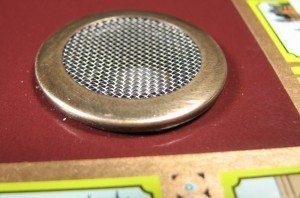 When using grommets as sound hole inserts on cigar box guitars, a great way to hold them in place is to drill a hole of appropriate size and then use hot glue from the back to cement it in place.
When using grommets as sound hole inserts on cigar box guitars, a great way to hold them in place is to drill a hole of appropriate size and then use hot glue from the back to cement it in place.
Try to keep the hot glue from getting into the opening of the grommet, to keep it from being visible from the front of the guitar. If you do get a little messy, use a sharp razor to trim the excess away.
For more ideas on how to add some decorative “bling” to your next cigar box guitar build, check out this knowledgebase article.

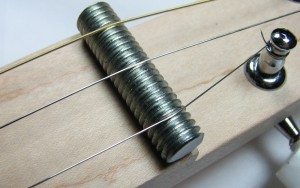
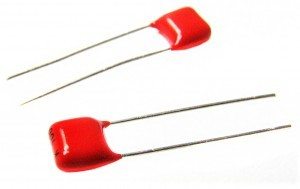

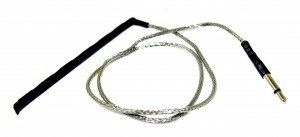
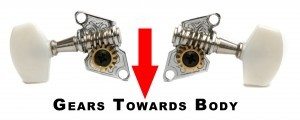
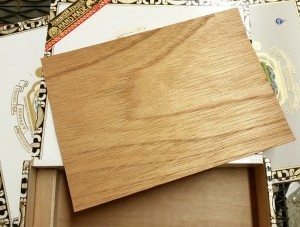
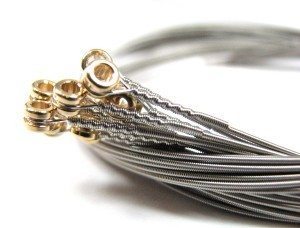

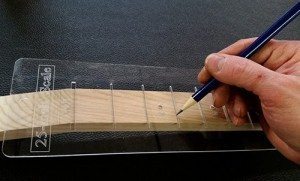
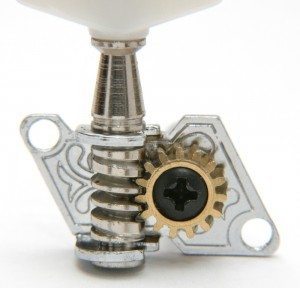
 When building cigar box guitars, there ARE NO RULES… except those which you choose to follow. There is no single right way – there are only ways that you have found work for you. Relax, don’t worry, build a guitar!
When building cigar box guitars, there ARE NO RULES… except those which you choose to follow. There is no single right way – there are only ways that you have found work for you. Relax, don’t worry, build a guitar!